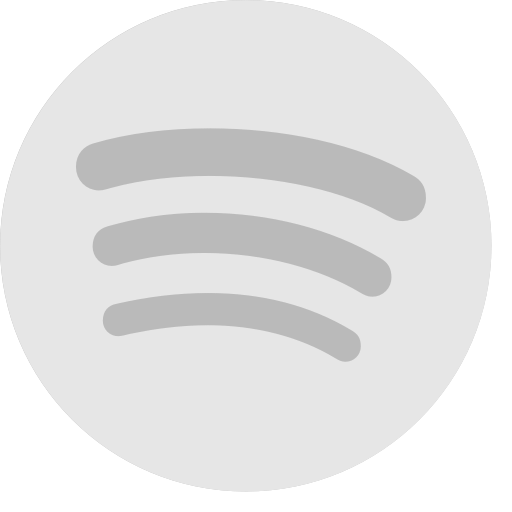Setup
Almost 137 million Americans visit emergency departments every year, which is an extremely costly route to health care. Overcrowding is a widespread problem, yet a high percentage of people seek out urgent care for nonurgent needs because they have no other place to go. At the same time, telemedicine — such as telephone apps that can provide ultrasound — allows some patients to be treated without travelling to emergency facilities and others to get faster care once they arrive. How can we provide the best possible emergency services, but only when they are truly needed?
- 2019 Health
Explore More
Environment


Each year brings more destructive natural disasters and growing evidence of the challenging future we face if we don’t address climate change. But the biggest cause of climate...


If we do absolutely nothing to mitigate climate change, scientists estimate the toll could be $38 trillion a year in damages. Industrialized countries like the United States,...

The recognition that all things are connected is at once a scientific principle and a philosophical touchstone. Humans, animals, and the environment are intertwined in complex...

A couple of degrees makes a world of difference — megafires, rising seas, failing infrastructure, and food systems require our immediate attention. Demands on dwindling natura...

Women are crucial to the climate movement, but their voices are often underrepresented and their work goes under-supported. Meet just a few of the women from this year’s Aspen...

Heat is now the top weather-related cause of death in the U.S., killing more people than hurricanes, floods and tornadoes combined. An environmental journalist and two city ch...

Every transition comes with tradeoffs, and even clean energy carries negative consequences. As they mine for critical minerals or build solar arrays on sensitive land, clean e...

It sounds like sci-fi: Scientists are beaming solar energy from space, subbing seaweed for plastic and brightening clouds to reflect sunlight to lower temperatures in a warmin...

Even as the clean energy transition is underway, AI and global development are demanding more energy than ever. What’s the best plan to bring massive amounts of zero- and low-...

Amid the stark realities of our planet's degradation, there are bright glimmers of hope in conservation efforts around the world. Paul Nicklen and Cristina Mittermeier use mas...

In a recent op-ed, former U.S. climate envoy and secretary of state John Kerry declared that rich countries are failing to respond to the climate crisis. If extreme weather wi...

As society focuses on mitigating human climate impact, economies shift away from carbon-based energy sources — which impacts individuals, businesses and governments. Beyond su...

Renewables are on the rise, but so is fossil fuel consumption as global development demands more and more. Does the oil and gas industry have a role in reaching net-zero goals...

Climate change is a threat multiplier with a disproportionate impact on vulnerable populations. Girls and women, who are denied equitable access to education and economic oppo...

Climate change, with its global threats to health, could destroy low-lying nations and push as many as 135 million people into poverty by 2030, according to the World Bank. Bu...

Nature does not limit its influence only to rural populations. In cities around the world, dense living conditions, lack of green spaces, substandard housing, and poor sanitat...

Despite great differences in demographics, available resources, disease threats, and the structure of their health systems, all countries need responsive, equitable, and innov...

Extreme heat waves, storms, and wildfires; disease outbreaks, water shortages, and crop loss; tick-borne illnesses and asthma—these are just some visible signs of a changing c...


Climate change is demanding an extraordinarily rapid transformation of human society, and we don’t have a manual. The people who have done the least to cause the problem are t...

At Aspen Ideas: Climate 2024, the world's most ambitious climate problem solvers came together in Miami Beach to address our collective future on this planet. Watch highlights...








